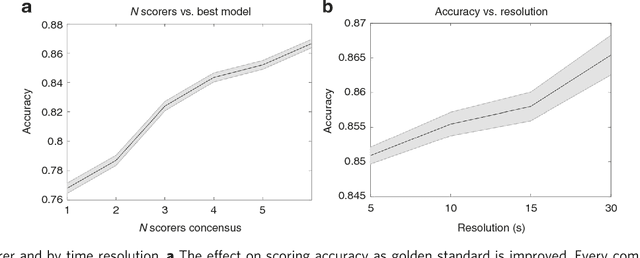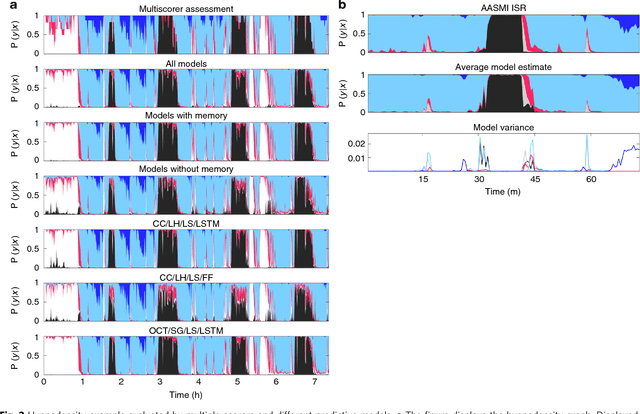Oscar Carrillo
DYNAMID, CPE
Datacentric analysis to reduce pedestrians accidents: A case study in Colombia
Apr 02, 2021



Abstract:Since 2012, in a case-study in Bucaramanga-Colombia, 179 pedestrians died in car accidents, and another 2873 pedestrians were injured. Each day, at least one passerby is involved in a tragedy. Knowing the causes to decrease accidents is crucial, and using system-dynamics to reproduce the collisions' events is critical to prevent further accidents. This work implements simulations to save lives by reducing the city's accidental rate and suggesting new safety policies to implement. Simulation's inputs are video recordings in some areas of the city. Deep Learning analysis of the images results in the segmentation of the different objects in the scene, and an interaction model identifies the primary reasons which prevail in the pedestrians or vehicles' behaviours. The first and most efficient safety policy to implement-validated by our simulations-would be to build speed bumps in specific places before the crossings reducing the accident rate by 80%.
The use of neural networks in the analysis of sleep stages and the diagnosis of narcolepsy
Oct 05, 2017



Abstract:We used neural networks in ~3,000 sleep recordings from over 10 locations to automate sleep stage scoring, producing a probability distribution called an hypnodensity graph. Accuracy was validated in 70 subjects scored by six technicians (gold standard). Our best model performed better than any individual scorer, reaching an accuracy of 0.87 (and 0.95 when predictions are weighed by scorer agreement). It also scores sleep stages down to 5-second instead of the conventional 30-second scoring-epochs. Accuracy did not vary by sleep disorder except for narcolepsy, suggesting scoring difficulties by machine and/or humans. A narcolepsy biomarker was extracted and validated in 105 type-1 narcoleptics versus 331 controls producing a specificity of 0.96 and a sensitivity of 0.91. Similar performances were obtained against a high pretest probability sample of type-2 narcolepsy and idiopathic hypersomnia patients. Addition of HLA-DQB1*06:02 increased specificity to 0.99. Our method streamlines scoring and diagnoses narcolepsy accurately.
 Add to Chrome
Add to Chrome Add to Firefox
Add to Firefox Add to Edge
Add to Edge